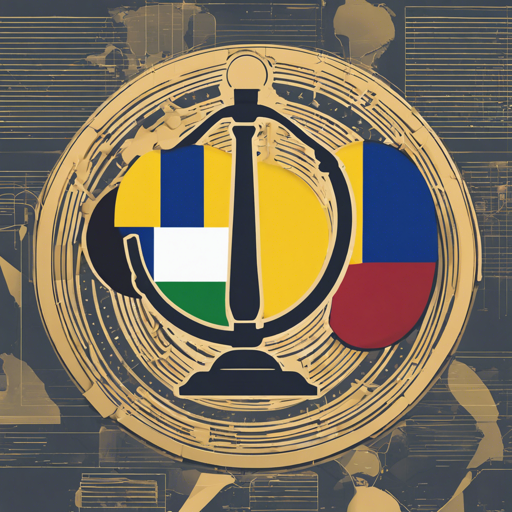In the ever-evolving landscape of artificial intelligence, natural language processing (NLP) has taken center stage, especially in specific applications such as legal judgement prediction. If you’re exploring the potential of the jurBERT-large model, this guide will walk you through its implementation, usage, and troubleshooting. Let’s dive in!
What is jurBERT-large?
jurBERT-large is a pretrained juridical BERT model specifically designed for the Romanian language. It employs masked language modeling (MLM) and next sentence prediction (NSP) to deliver insights efficiently. This model, introduced in the 2021 research paper, enhances the processing of legal texts, making it a vital tool for legal professionals and researchers.
Getting Started with jurBERT-large
To harness the capabilities of jurBERT-large, you will need to set it up in your Python environment. Below are the steps you can follow:
Prerequisites
- Python installed on your system
- A virtual environment (recommended)
- TensorFlow or PyTorch depending on your preference
- The transformers library from Hugging Face
Installation
First, ensure that you have the desired library installed. You can use the following command for installation:
pip install transformersUsing jurBERT-large with TensorFlow
from transformers import AutoModel, AutoTokenizer, TFAutoModel
tokenizer = AutoTokenizer.from_pretrained("readerbench/jurBERT-large")
model = TFAutoModel.from_pretrained("readerbench/jurBERT-large")
inputs = tokenizer("exemplu de propoziție", return_tensors="tf")
outputs = model(inputs)Using jurBERT-large with PyTorch
from transformers import AutoModel, AutoTokenizer
tokenizer = AutoTokenizer.from_pretrained("readerbench/jurBERT-large")
model = AutoModel.from_pretrained("readerbench/jurBERT-large")
inputs = tokenizer("exemplu de propoziție", return_tensors="pt")
outputs = model(**inputs)Understanding the Code: An Analogy
Think of the process of using the jurBERT-large model as assembling a recipe. Just as you would gather ingredients and follow steps to create a dish, here, you’re importing libraries (ingredients) and building your model (the final dish) with specific inputs (the ingredients needed for the task). The tokenizer acts like a measuring cup, ensuring that the inputs are correctly measured and ready for the model, which processes the information similarly to how heat transforms raw ingredients into delicious food.
Datasets Used for Training
jurBERT-large has been trained on a substantial private corpus that consists of final rulings from Romanian civil courts from 2010 to 2018. This rich dataset assures high accuracy in legal predictions.
Downstream Performance
When it comes to performance, jurBERT-large shows impressive results in predicting case outcomes, outperforming smaller models like CNN and RoBERT. The Mean AUC scores reflect its capability to understand nuanced legal language effectively.
Troubleshooting Tips
If you encounter issues while using jurBERT-large, consider the following troubleshooting steps:
- Ensure that you have the correct version of Python and the required libraries installed.
- Check that the model weights and tokenizers are referenced correctly.
- Look for any syntax errors in your code, such as misplaced quotation marks.
- For memory issues, try to reduce the batch size during input processing.
For more insights, updates, or to collaborate on AI development projects, stay connected with fxis.ai.
Final Thoughts
At fxis.ai, we believe that such advancements are crucial for the future of AI, as they enable more comprehensive and effective solutions. Our team is continually exploring new methodologies to push the envelope in artificial intelligence, ensuring that our clients benefit from the latest technological innovations.

